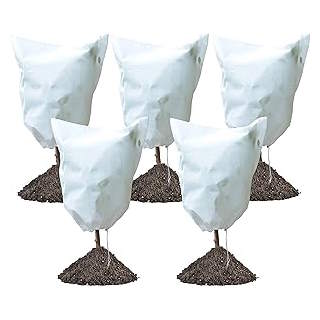What is a false spring? Why gardeners need to resist the temptation to plant early
How to avoid these common mistakes that are easy to make during a false spring

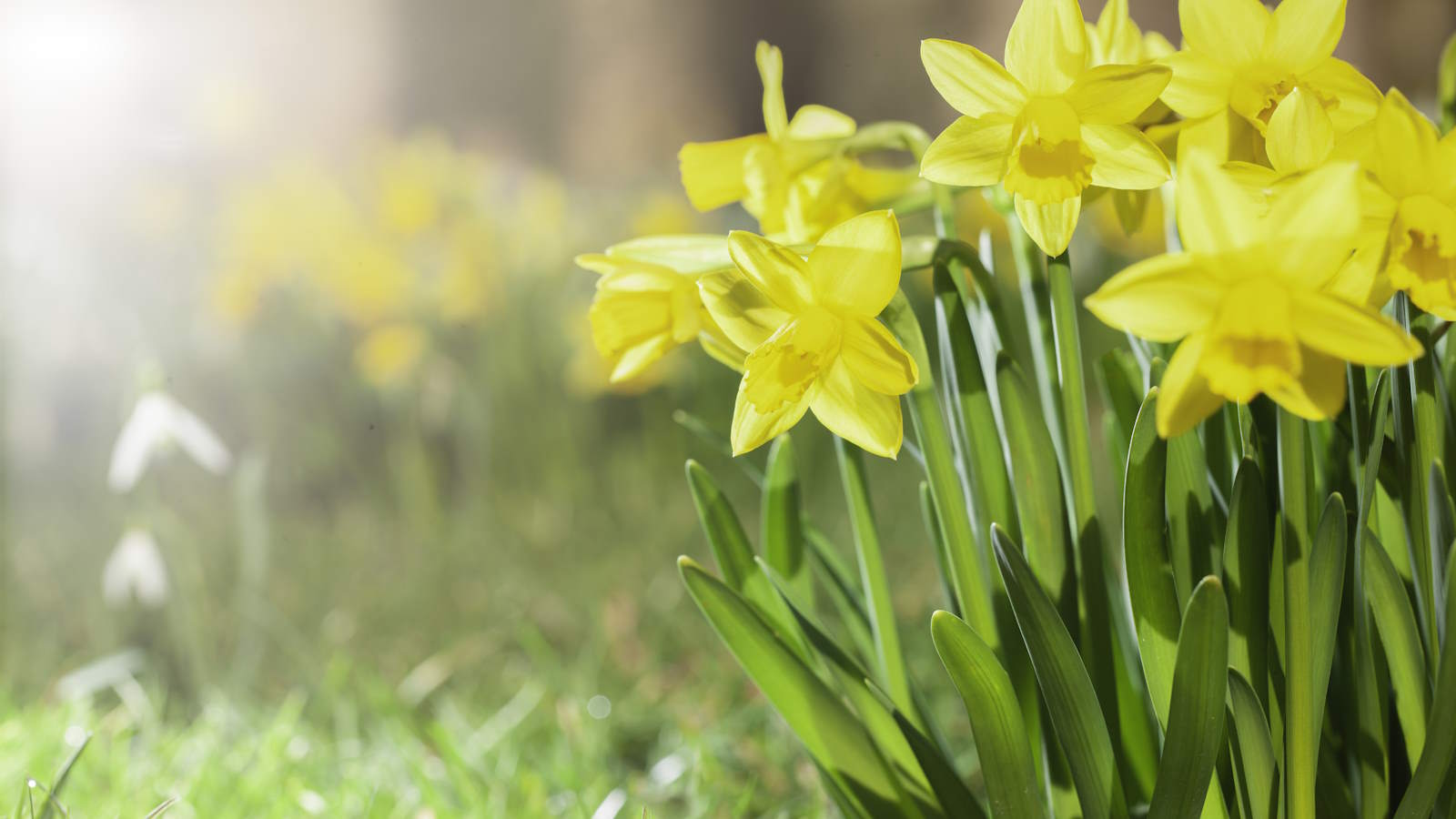
The sight of sun and the feeling of warmth after a cold winter is a much-welcomed sensation, however, if it comes unusually early it might not always be the blessing you think it is.
A so-called false spring can bring with it unseasonable conditions and higher-than-normal temperatures, but is also often followed by a return to wintery conditions that can be right around the corner.
Such fluctuations in weather can cause problems for plants and also tempt gardeners into thinking that winter is prematurely over. While the sight of plants blooming earlier than expected may be welcomed, it is beneficial to show patience and not immediately rush into doing your spring garden tasks too soon.
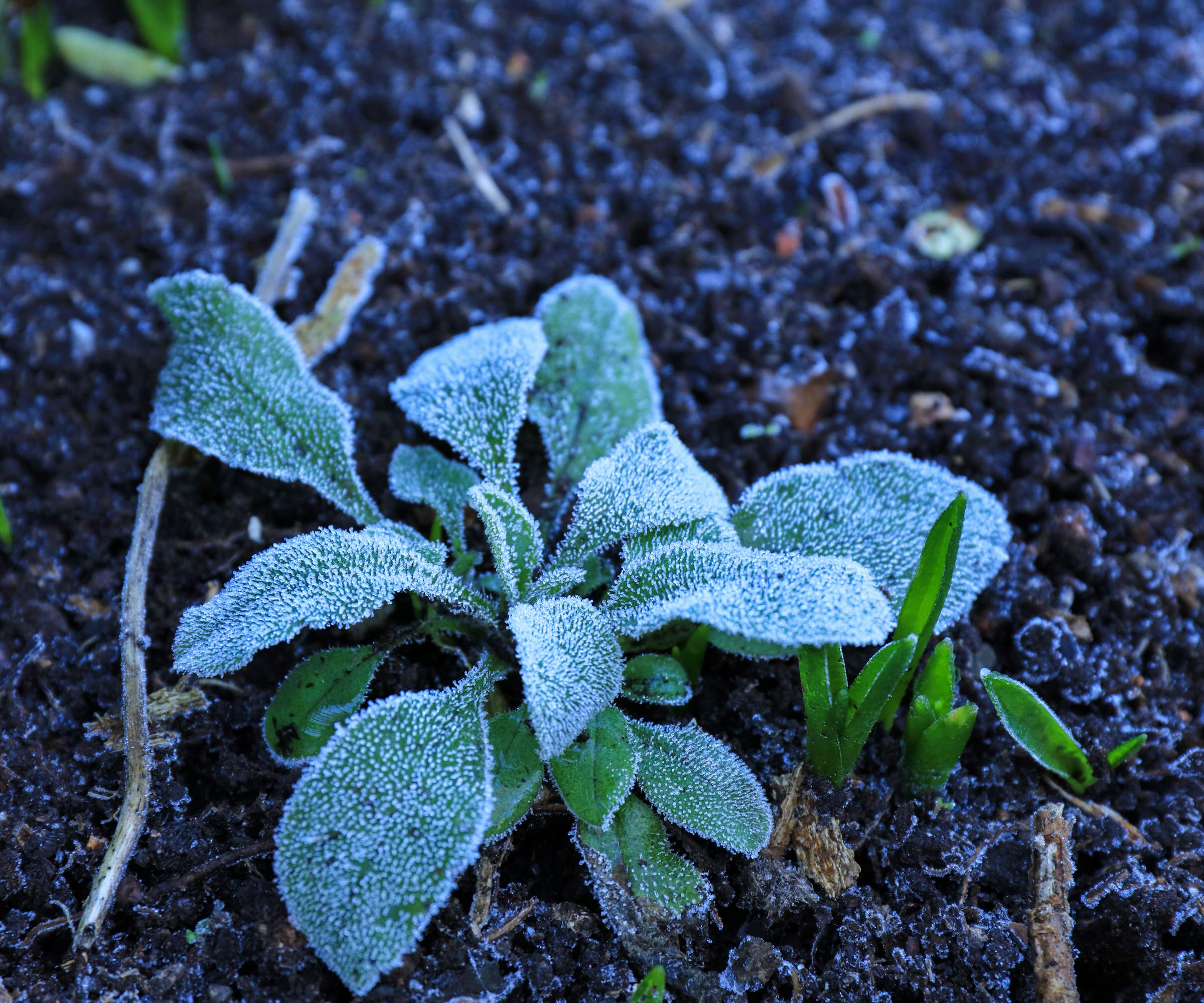
Hardy established plants can survive a frost, but young or tender ones cannot
What is false spring?
A false spring is a term used to describe a period, often occurring in late winter, where the weather becomes unseasonably sunny and warm. While it can provide a period of relief from the cold in many US hardiness zones, it can also often be short-lived.
The temperatures can quickly drop again back to their seasonal norm, bringing back the cold and frosts. While warmth and sun is much-welcomed, it does come with pitfalls.
We take a closer look at what problems a false spring can cause for plants, and also gardeners, and how best to react when false spring arises.
Common issues associated with a false spring
What problems can occur due to a false spring? And what mistakes do gardeners commonly make when they prematurely see the signs of winter ending and spring arriving?
Design expertise in your inbox – from inspiring decorating ideas and beautiful celebrity homes to practical gardening advice and shopping round-ups.
Plants spring into life too early
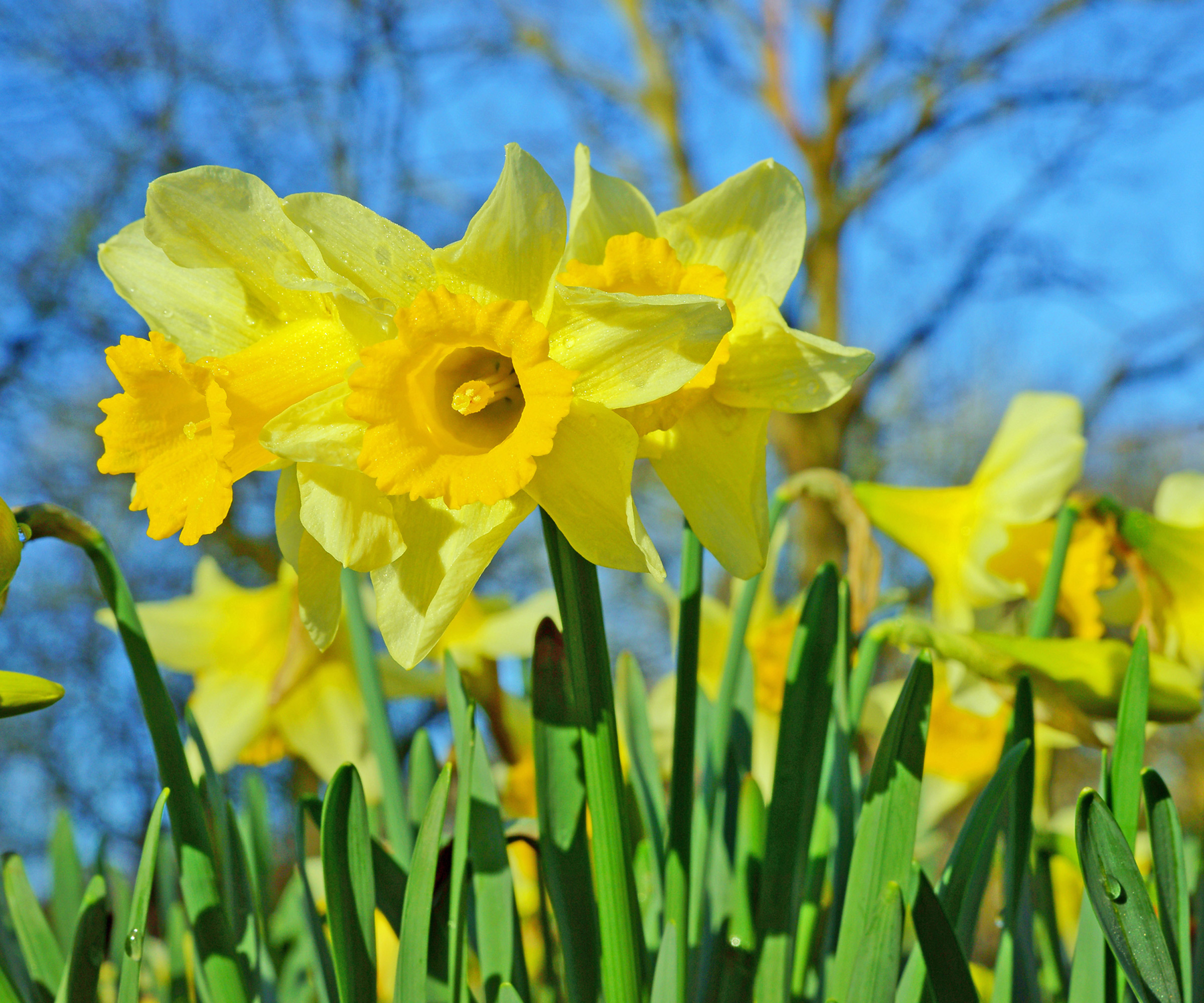
Daffodils in bloom are often said to herald the start of spring
When the temperatures go significantly above the normal for late winter or early spring, our plants will respond with as much joy as we do. The result is that plants, bulbs, and trees all start to come out of their dormancy and burst into life much earlier than they should. Leaves will begin to unfurl and buds start to open weeks before they normally ought to.
This early development brings with it big risks, as the delicate fresh leaves and blossoms can all be heavily damaged when the temperatures drop back down and the risk of frosts comes back. It means that fruit trees and soft fruit bushes are likely to have their potential crop hit, while plants and bulbs can be set back by the cold weather.
Not only can future flowers and fruits be affected, but the plants will be far more susceptible to disease when early growth is killed by the cold. The plants are then going to have to spend vital energy regrowing again at the right time of year.
Gardeners rush to sow seeds
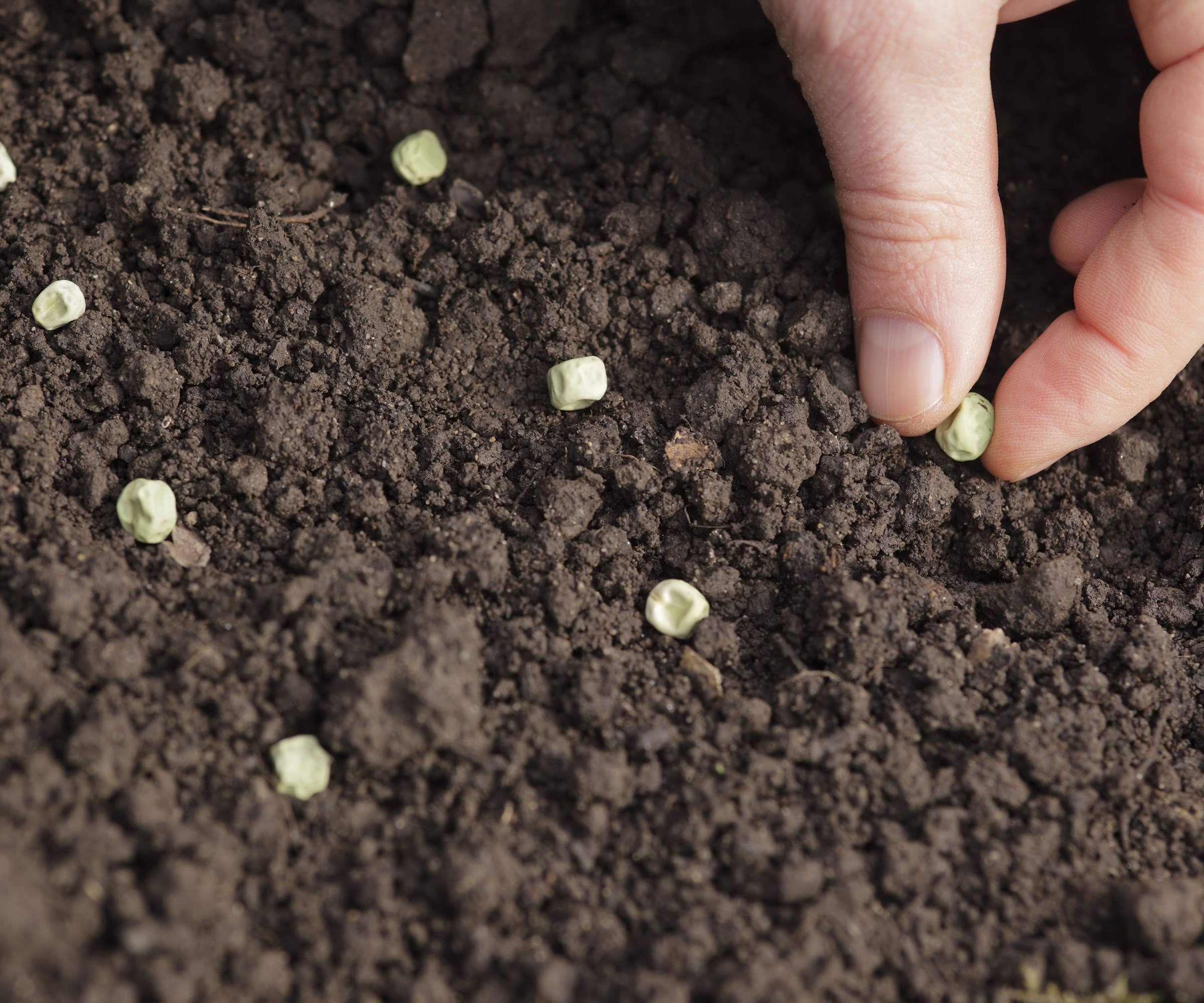
Early sowings will struggle to germinate in wet and frozen ground
Unfortunately, many gardeners fall foul of a false spring. It is completely understandable, however, as after looking out of the windows at cold and often miserable weather, a bit of sun and warmth can seem very tempting indeed.
The most common pitfall people fall into is the rush to sow lots of seeds, brought on by the sight of sun and the feeling of warmth. However, often this can be a seed sowing mistake and result in a waste of time, effort, and money if the false spring is short-lived and the winter weather returns.
Rachel Bull, head of gardens at Homes & Gardens, recommends trying to 'resist the urge’ to sow seeds directly into the soil at the first sudden rise of temperatures, adding: ‘Short periods of warmer weather towards the end of winter may feel lovely, but it’s not uncommon for a false spring to be followed by a period of frost or very heavy rainfall. Both would have a negative effect on any seeds sown directly into your beds, and would result in fewer or no seedlings appearing.’
If you sow seeds indoors they will likely germinate, though, depending on how early the false spring is, it may be a while till the soil warms up enough to transplant seedlings outside. So you risk leggy seedlings or root-bound young plants when that time comes if you sow indoors too soon.

Rachel is a gardening writer, flower grower and floral designer. Her journalism career began 15 years ago on Country Living magazine, sparking a love of container gardening and wild planting. After more than a decade writing for and editing a range of consumer, business and special interest titles, Rachel became editor of floral art magazine The Flower Arranger. She then trained and worked as a floral designer and stylist in London for six years, and has created floral installations at iconic London venues including Kew Gardens, the Barbican and Peckham's Asylum Chapel
Young plants are prematurely planted
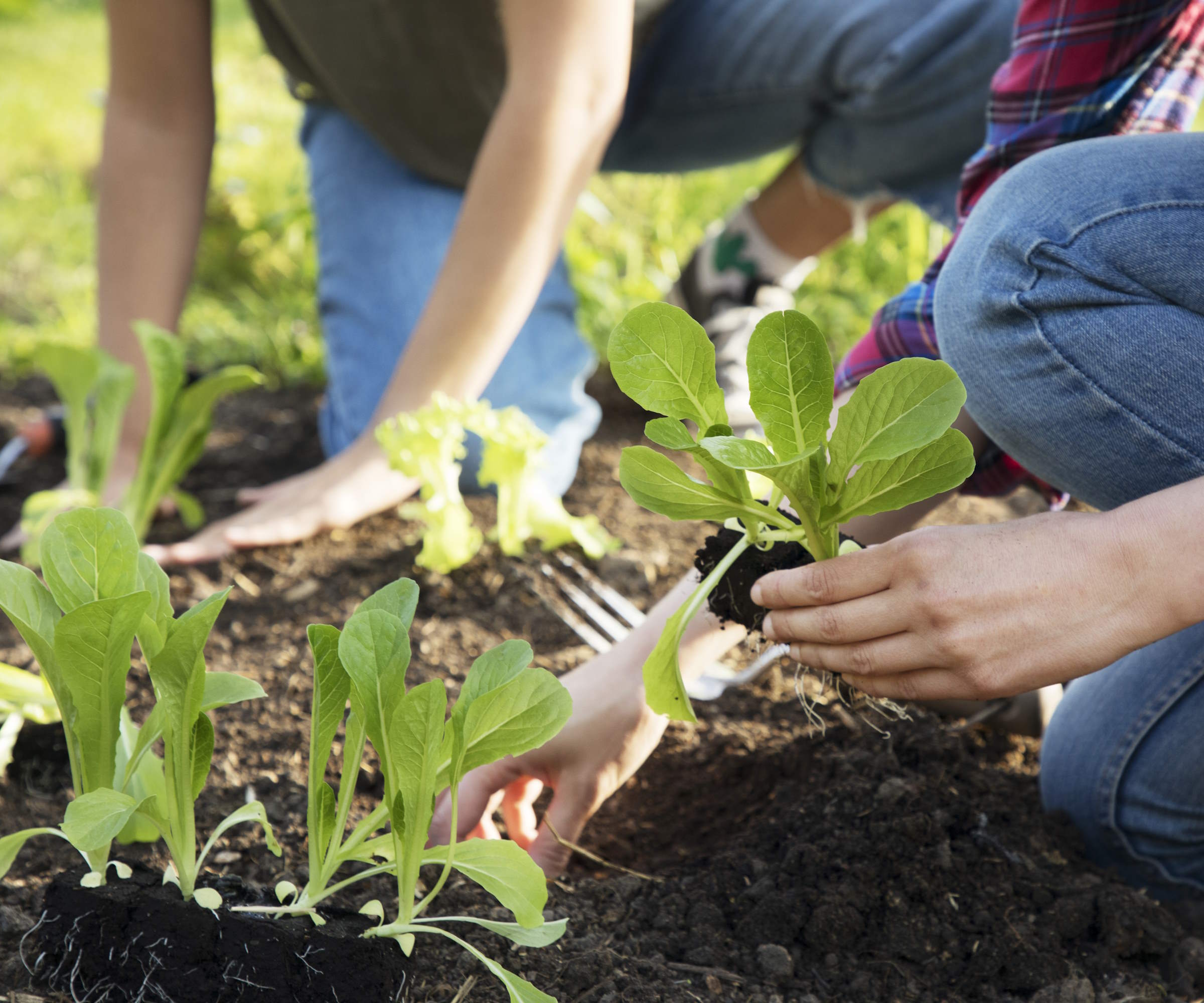
The frosts should be over before putting young plants in the ground
Thom Rutter, former professional gardener and content editor at Homes & Gardens, warns how ‘even the smallest hint of spring’ can provide temptation to many to head to the store and buy lots of plants to add to their backyard.
‘After being out of the yard for much of winter myself, the very idea of planting a handful of annuals and perennials is an appealing one,’ says Thom. ‘Yet past mistakes are a reminder to stop and wait. Those warm, sunny days in late winter have tricked me one too many times in years gone by, and the changeability of the weather at this time of year can be severe.
‘Young, small plants will not do well if planted and subsequently, they are blanketed by frost. Believe me, I have lost too many to count.’
There are things you can plant in January or February if you so desire, including bare-root shrubs and hedging plants, unless the ground is frozen and waterlogged.

Thom is a Content Editor within the Gardens Team at Homes and Gardens. He has been working as a gardener and garden writer for several years. Whilst completing his Horticultural Traineeship at the Garden Museum, London, he was able to gain experience at many of the UK's world-famous gardens, including Sissinghurst, Lowther Castle, and Iford Manor. Following this, he worked for two private estates in Tuscany, Italy.
There is a rush to get gardening tasks done

Pruning is not recommended during hard frosts
Sunny days will also tempt many gardeners to get out their lawn mowers and start cutting a lawn again. A first mow of the lawn in spring will spruce it up, however, if the temperatures do drop within a few days of mowing then the overall growth of the grass can be stunted. It may not recover properly from being cut and a stressed lawn will be more susceptible to fungal issues.
In the same vein, a false spring can trick gardeners into thinking that colds and frosts are behind them and reach for the pruning shears. Heading out and pruning too early can be a pruning mistake. If the temperatures plummet and frosts return, then such extreme cold can penetrate the pruning wounds and cause the tree or plant to feel stressed. This makes it more at risk of pests and diseases.
How to avoid falling foul of a false spring
There are some very simple steps to take to avoid making some of the mistakes outlined above. Gardeners can also make efforts to help protect their plants, which may have started growing early as a result of a false spring.
Hold off sowing until the correct time
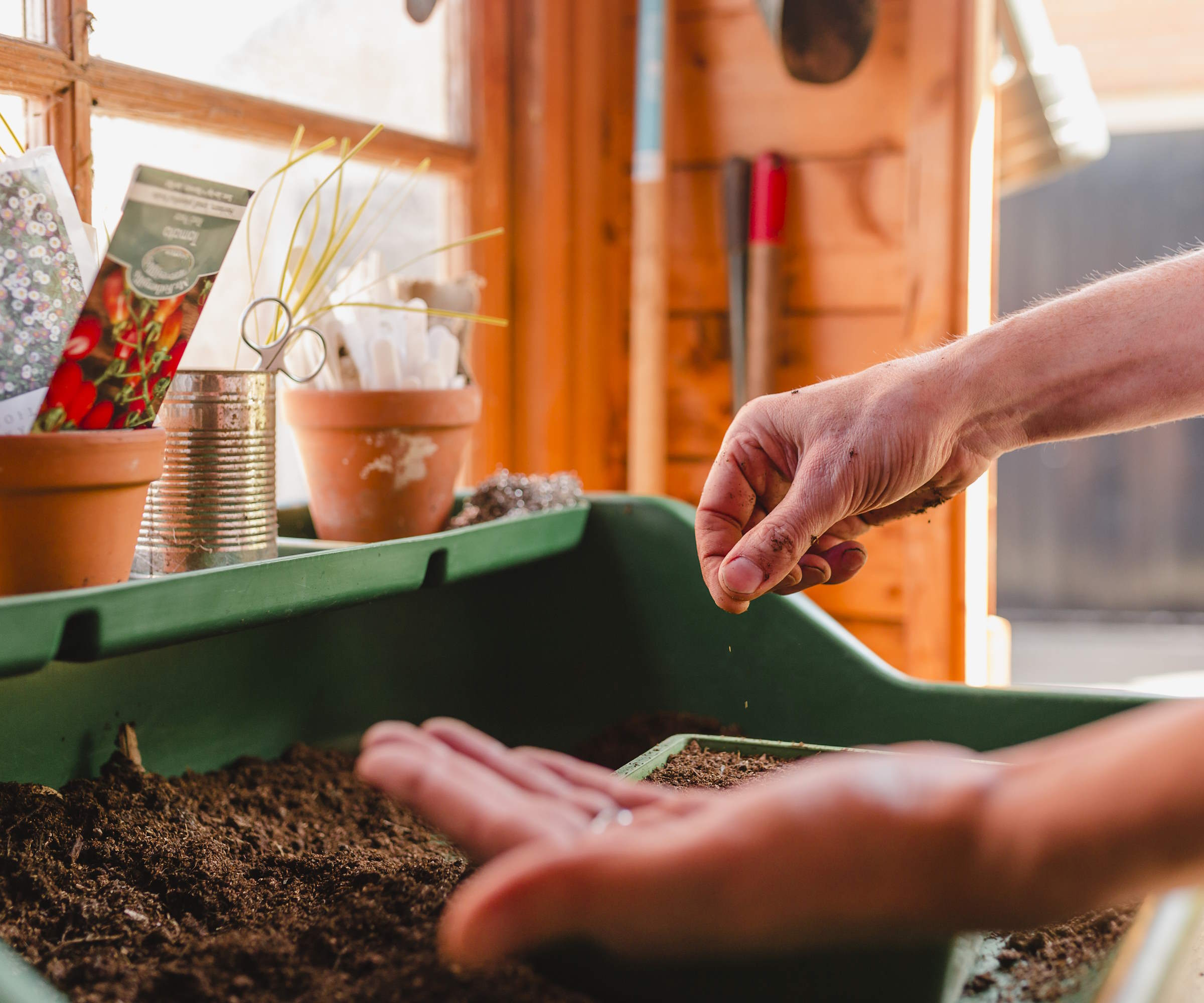
Consider sowing indoors rather than out in the soil
It might sound very basic advice, but resist the urge to try to germinate seeds too early. All seed packets should give basic information, including the dates to start sowing both indoors and outdoors.
‘Hold off for a few more weeks if you can, or play it safe and start your seeds in trays where they can be kept in a more controlled environment, such as a greenhouse or on a warm window ledge, until they begin sprouting,’ recommends Rachel Bull.
If you have lots of equipment, the likes of a heated greenhouse or heated propagator and grow lights, such as these professional LED grow lights at Nature Hills, then you can sow early in the year. However, even indoors most people tend to have to wait until March onwards, once the light and heat levels are increased and consistent. Even if you see everyone on social media sowing weeks ahead of you, be aware they probably have a set-up that allows it.
Keep an eye on the long-range forecast
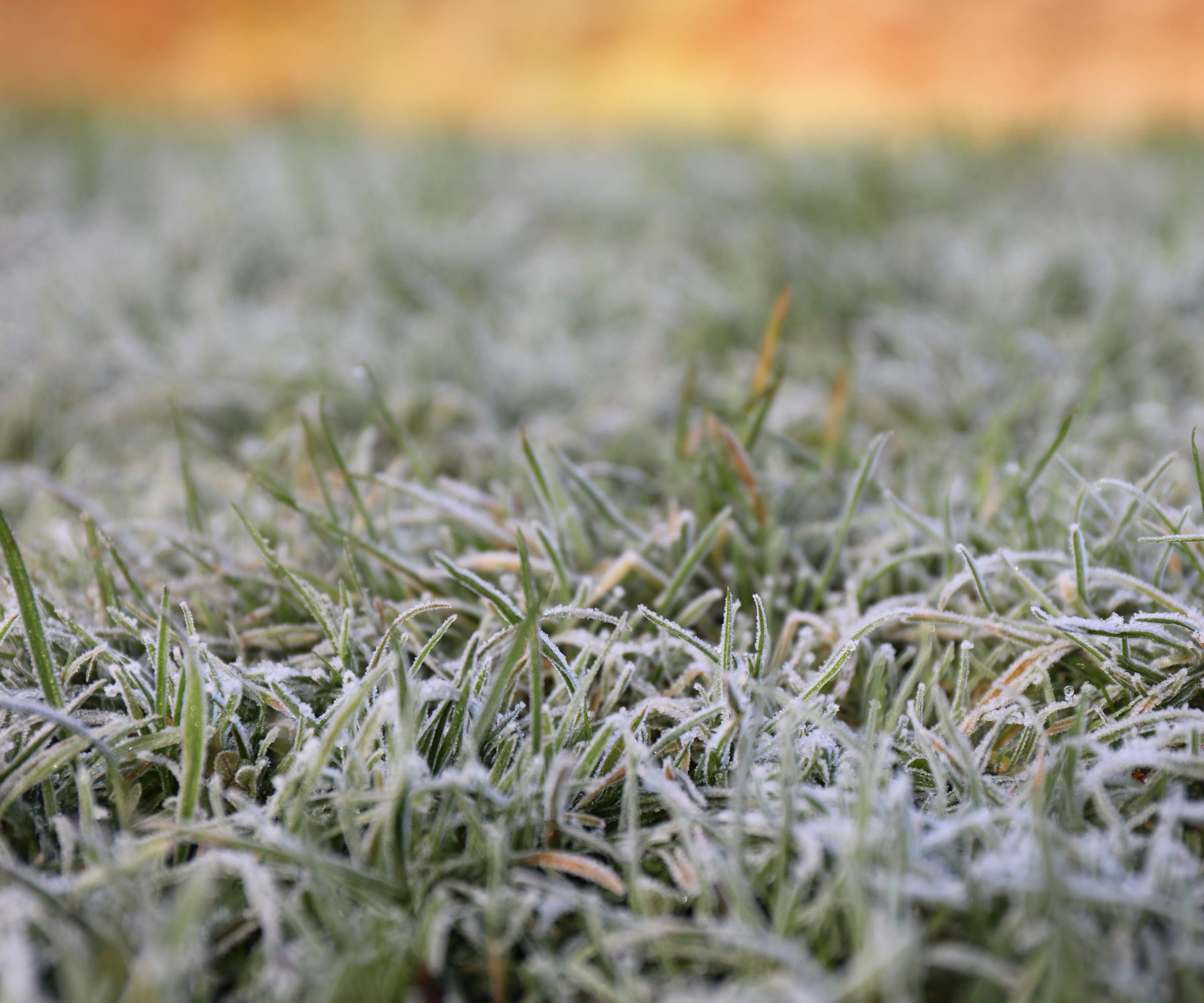
Check if frosts are predicted to return
If the temperatures seem to get unusually warm for the time of year, then enjoy it - but also be prepared that it might just be fleeting. Keep your eyes on the long-range weather forecast to see if, or when, the weather pattern is going to change in the foreseeable future.
‘It is hard to resist, but from my past failings, I know it is best to hold off on planting new, young plants in my borders,’ says Thom Rutter. ‘After all, a small amount of patience can save a large amount of plant heartbreak.’
If you do see that the temperatures are going to revert back to their seasonal norm soon, that is a cue to keep the lawnmower or garden tools for pruning in the shed for a while yet. There are jobs you can do in those winter periods, but planting, mowing and pruning is best left until after the risk of frosts has passed for your climate.
Protect your plants

Frost cloths can protect plants from freezing temperatures
While it is not a mistake made on the gardener’s behalf, there are measures you can take to protect those plants that started to sprout early due to a false spring. There are ways to protect plants from frost and help prevent that early growth being damaged by plummeting temperatures.
That includes moving potted plants to a protected position, covering plants with fleece or a frost cloth, or even using bed sheets to protect plants from frost. Mulching can be another way to help protect plants, as a thick layer can insulate the roots of the plant and keep the soil temperature stable.
FAQs
What is Fool's Spring?
Fool’s spring is simply another name - an alternative to false spring - that people sometimes use to describe that first period of warmth and sun in late winter or early spring. It is often followed by a dose of normality and the return of cold and the seasonally-expected weather, including low temperatures, frosts, and snow.
While a false spring may not mean that winter is over and the cold weather will return, there may still be some tasks on your winter gardening checklist you can get done before spring arrives properly. This can include cleaning garden tools, maintaining hard surfaces, and mulching your flower beds and vegetable gardens.

Drew has worked as a writer since 2008 and was also a professional gardener for many years. As a trained horticulturist, he worked in prestigious historic gardens, including Hanbury Hall and the world-famous Hidcote Manor Garden. He also spent time as a specialist kitchen gardener at Soho Farmhouse and Netherby Hall, where he grew vegetables, fruit, herbs, and cut flowers for restaurants. Drew has written for numerous print and online publications and is an allotment holder and garden blogger. He is shortlisted for the Digital Gardening Writer of the Year at the 2025 Garden Media Guild Awards.
